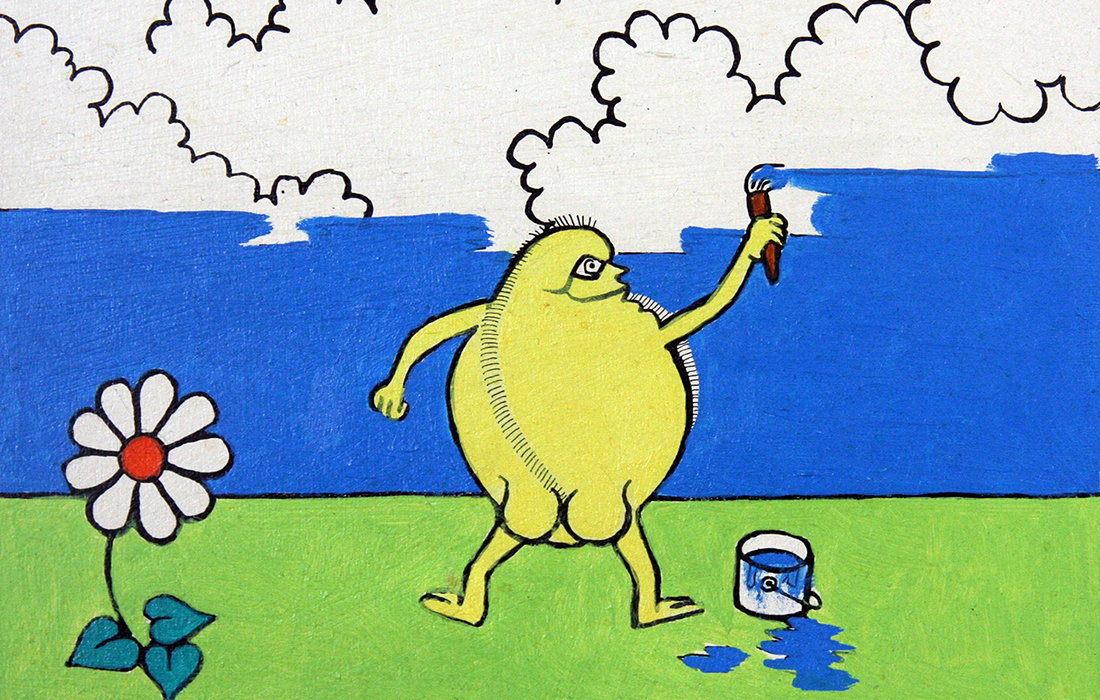September 2015
Sebastiano Vassalli was born in 1941 in Genua, but since he was a child he lived in Novara. He got his Master degree in Literature, defending his thesis on “Psychoanalysis and Contemporary Art” with Cesare Musatti, in the presence of his examiner, Gillo Dorfles. As he said in an interview with Antonio Gnoli (la Repubblica 2014), he joined the new avant-garde Group 63 as a painter, introduced by the poet Edoardo Sanguineti. Vassalli exhibited his works in two solo shows, first one in Venice (Gallery del Cavallino, 1964) and the second one in Milan (Gallery del Naviglio, 1965); he also participated in a milanese (Premio San Fedele) and roman (Prospettive 1, gallery Due Mondi) group shows in 1965. After seeing the Pop Art at the Venice Biennial in 1964, Vassalli realized that the themes of his work and american collegues were similar: “Today I can definitely say that I did Pop Art without the slightest awareness”, he recognized the communicative power of it and decided to choose another expressive way to continue his research, without ever abandoning his work as an artist, keeping it private and constant passion of his existence.
He made his debut in literature with poems and asserted himself with experimental prose (Narcisso, 1968), in which he experessed, through a linguistic fury and cultural satire, political and social anxieties of those years. From that moment on his literary works were a series of statements. One of them, La Chimera, publishing success in 1990 and for which he received the Premio Strega.
“Great stories are in the past or in the future. The present is a condominium life. There is some ideas that will become important, but we cannot get them or, in the moment they reveal themselves, they don’t need a writer. Television, newspapers, internet will speak of them.” His words are the perfect addition to the core works present in the gallery. Through mixed media on masonite, a mix of colors, graphic sign and collage, Vassalli reintroduce, with critical tone and Pop flavor, the themes that were crucial for general transformation of the society of those years. The cartoon style, which can be compared to some current characters (such as the famous Minions), make Vassallis works more relevant than ever and full of aesthetic irony. They become cultured high quality objects which raise from the emptiness of uncritical contemporary productions.
In the last years of Vassalli’s life, the respect reserved to Art and poetry are also compared through his thoughts on literature. Who writes novels: “Is not required to communicate great emotions. He must involve, get inside, make think about certain things and make relive other. Point “.



